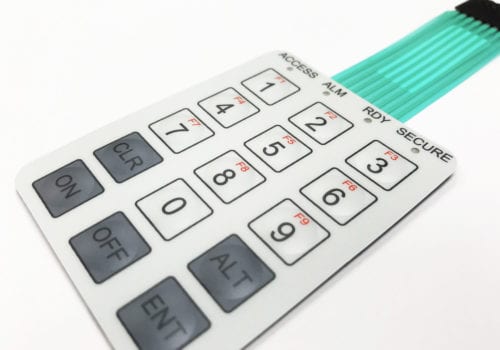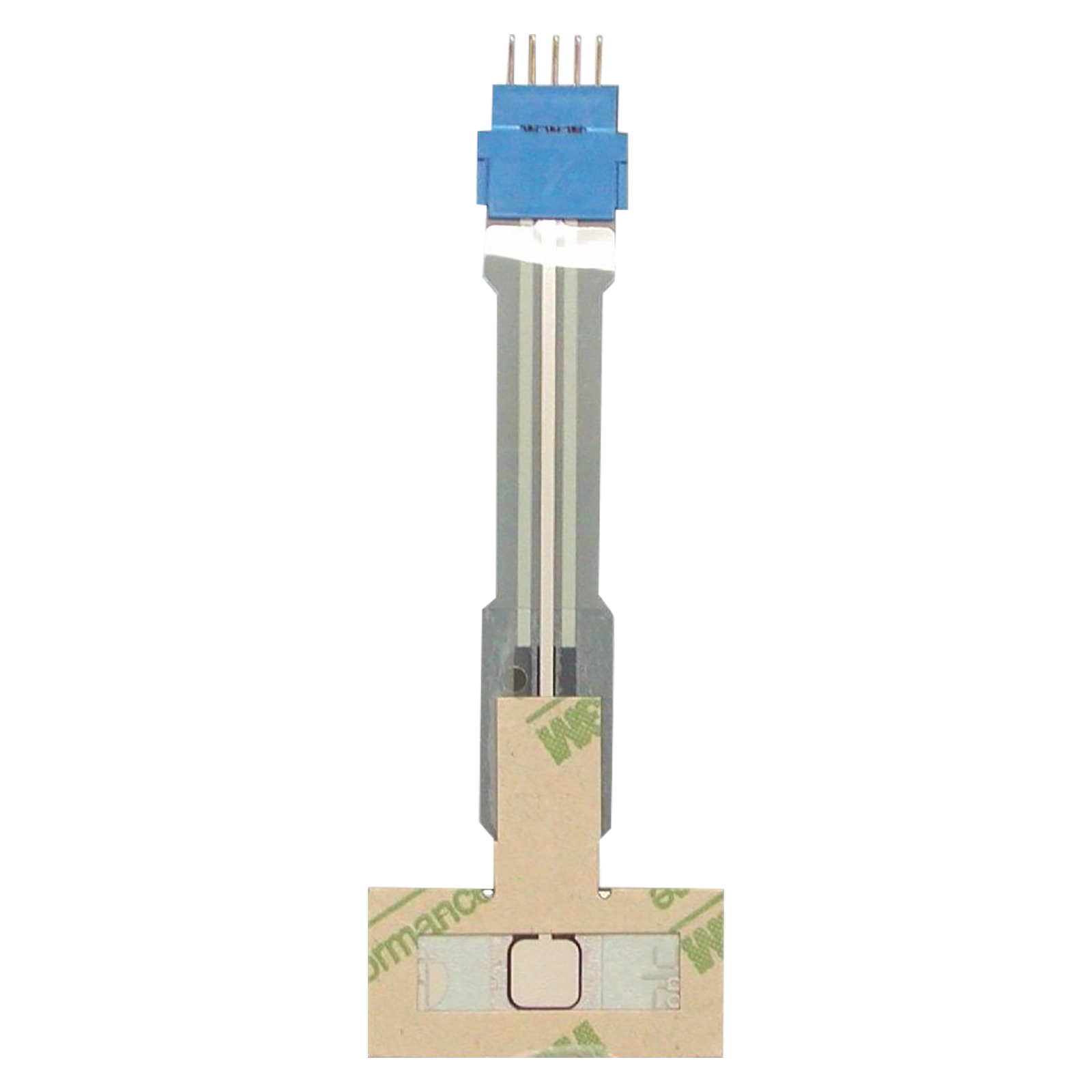Membrane Layer Switch Innovation: The Trick to Reliable and Economical User Interfaces
Membrane switch modern technology has actually emerged as a critical part in the design of interface, offering both integrity and cost-effectiveness throughout a varied series of applications. Its durable building makes certain resistance to ecological challenges, while the versatility in style allows for tailored solutions that meet particular sector demands. As we discover the multifaceted benefits of membrane buttons, their potential for advancement questions about future applications and developing trends. What does the next chapter hold for this modern technology in an increasingly electronic landscape?
Comprehending Membrane Switch Over Technology
Membrane button modern technology is an extensively used interface option in different digital tools, using a seamless blend of performance and style. This technology incorporates numerous layers of materials, generally being composed of a visuals overlay, spacer layer, and a circuit layer. The graphic overlay shows the interface components, while the spacer layer divides the circuit layer from the overlay until a user turns on a switch.
When stress is related to the overlay, the circuit layer completes the electrical circuit, sending out a signal to the gadget. This device enables for different arrangements, consisting of tactile responses and backlighting choices, boosting individual communication. Membrane buttons are usually manufactured making use of resilient products such as polyester or polycarbonate, guaranteeing longevity and resistance to ecological elements like wetness and dirt.
The adaptability of membrane layer switches allows their application in varied markets, consisting of medical tools, consumer electronic devices, and industrial controls. Their compact layout enables combination into space-constrained atmospheres, providing an effective interface without jeopardizing aesthetic charm. Recognizing the ins and outs of membrane layer button modern technology is necessary for suppliers and designers looking for to develop dependable and efficient human-machine user interfaces.
Secret Advantages of Membrane Buttons
While numerous user interface services exist, membrane layer switches over deal unique benefits that make them a preferred choice in countless applications. One of the key benefits is their durability; membrane switches are created to withstand severe environmental problems, consisting of moisture, dirt, and temperature level variations, ensuring lasting performance. This durability substantially lowers the need for regular replacements, consequently decreasing total upkeep prices.

Additionally, membrane buttons are light-weight and small, making them appropriate for applications where space is limited. Their inconspicuous layout adds to a sleek look without jeopardizing functionality.
Cost-effectiveness is also a notable advantage, as the production procedure for membrane changes tends to be much less pricey compared to traditional mechanical buttons. This price, incorporated with their dependability and convenience of installation, Discover More placements membrane layer switches as a functional service for a large range of markets looking for reliable and effective interface.
Applications Throughout Different Industries
How do membrane buttons adjust to the diverse needs of different sectors? Membrane switch modern technology is increasingly recognized for its versatility, making it appropriate for a vast range of applications across several industries.
In customer electronic devices, membrane buttons provide a small option for remote controls and home appliances, enhancing customer experience via intuitive design. Furthermore, the commercial market leverages membrane buttons for machinery control panels, benefiting from their resistance to extreme settings, such as dampness and dirt.
Army and aerospace applications additionally utilize membrane switches for their reliability and capability to hold up against severe problems, ensuring operational efficiency in important scenarios. The food and drink sector takes on these buttons for automated systems, where cleanliness and simplicity of operation are critical (membrane switch). Inevitably, membrane layer switches are tailored to meet the unique demands of each sector, confirming their important role in modern innovation user interfaces
Style and Customization Options

In the world of membrane switch technology, layout and personalization options play a crucial function in enhancing capability and customer communication. These switches can be customized to satisfy specific functional demands and visual choices, making them functional parts in different applications.
One of the main personalization options is the format of the button itself, which can be developed to accommodate one-of-a-kind individual interfaces and ergonomic factors to consider. By changing the form, size, and setup of buttons, manufacturers can develop user-friendly designs that assist in ease of usage. Furthermore, the incorporation of different colors and visuals overlays allows for branding and boosted presence, making certain that individuals can quickly determine functions.
In addition, membrane layer switches can be crafted with different tactile comments mechanisms, such as increased buttons or distinct clicks, to boost the user experience. Different products can additionally be picked for longevity and environmental resistance, addressing factors such as moisture, temperature level changes, and chemical direct exposure.
Eventually, the considerable design and customization alternatives available in membrane button modern technology empower companies to produce customized options that not just meet practical demands but likewise line up with their branding and functional requirements.

Future Fads in Membrane Switches
As membrane button modern technology remains to evolve, future patterns are progressively concentrated on enhancing user experience and integrating innovative capabilities. One click over here substantial trend is the combination of touch-sensitive and capacitive innovations right into typical membrane layer switches. This development allows for more intuitive interface, giving responsive feedback while maintaining a streamlined layout.
Another emerging pattern is using eco-friendly products, driven by the expanding need for lasting manufacturing practices. Makers are looking for to lower their carbon impact discover here by making use of recyclable substratums and low-impact inks, lining up with worldwide sustainability goals.
Additionally, the increase of the Web of Points (IoT) is triggering the consolidation of smart features into membrane layer buttons. Improved connectivity choices will allow devices to communicate with each various other, enabling smooth combination into broader systems.
Furthermore, developments in printing modern technologies, such as electronic printing, are permitting higher style flexibility and modification. This makes it possible for makers to create elaborate designs and vibrant colors cost-effectively.

Final Thought
In verdict, membrane layer switch modern technology stands for a vital advancement in user interface style, offering considerable advantages in toughness, customization, and cost-effectiveness. As improvements continue to emerge, specifically in touch-sensitive interfaces and lasting materials, the possibility for membrane changes to boost user experience and performance continues to be promising.
Comments on “How Membrane Switches Elevate User Experience in Mobile Devices”